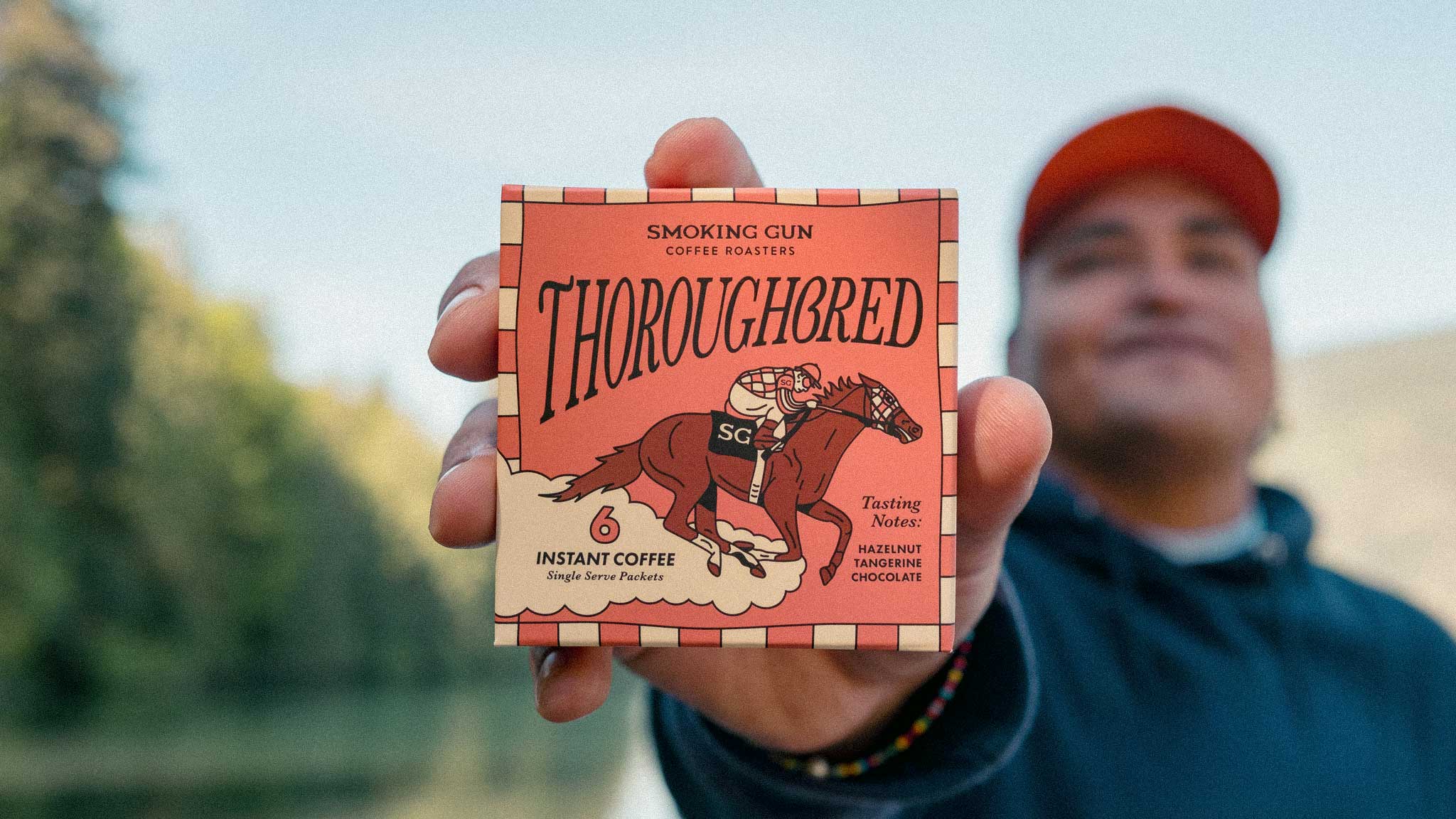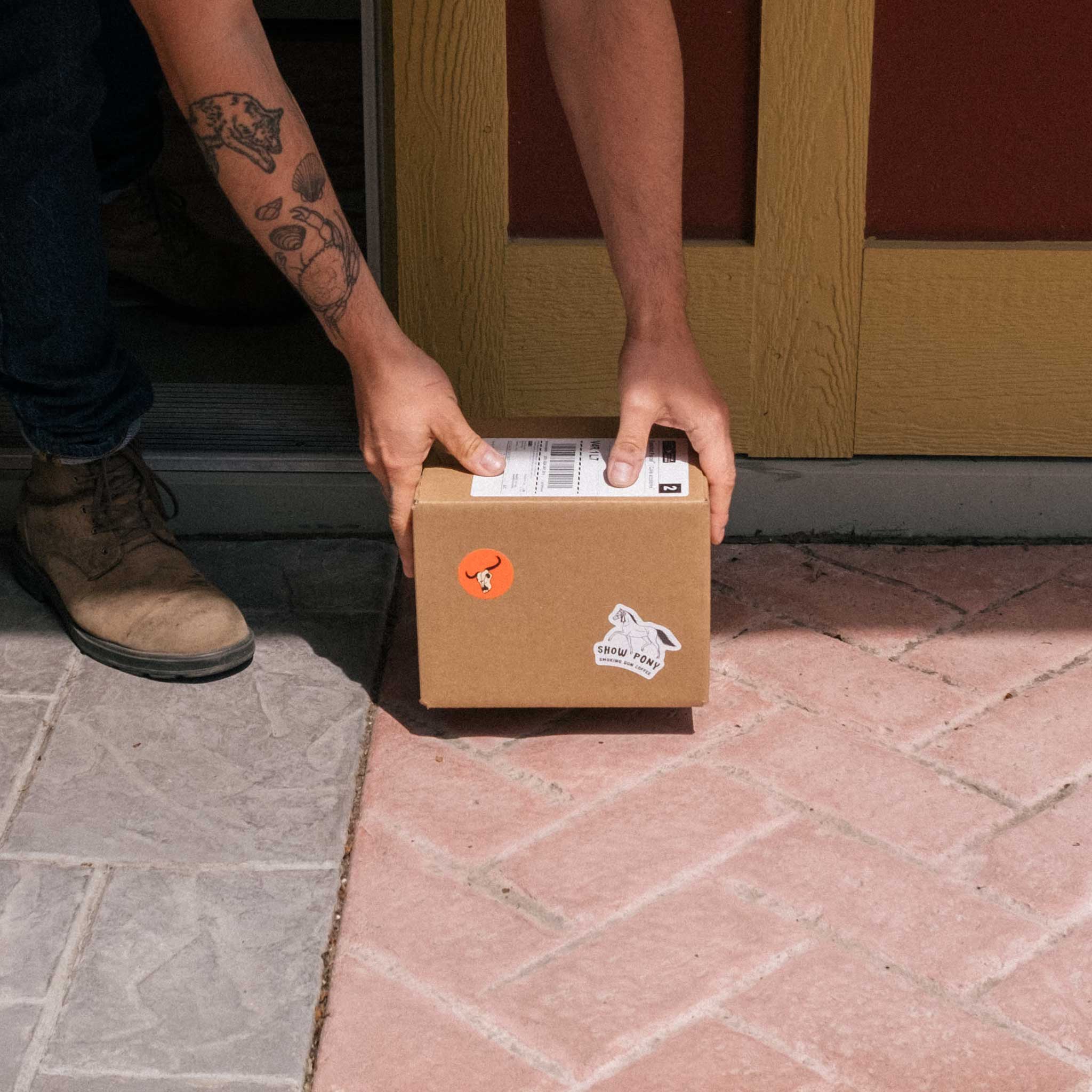
From Seed to Cup Part 2: A Coffee Roaster's Reflections on Visiting Origin
I recently had the opportunity to travel to origin, and when asked how my trip to Colombia was, the word that immediately comes to mind is DYNAMIC!
Visiting farms, expanding my knowledge and experience, and building direct relationships with coffee producers has always been a dream, but after years of hustling, channeling energy and resources into our cafe startup and roastery expansion, it seemed to be moving further away than becoming reality. This all changed after some very casual conversations with our pals Tostana Coffee Company, for whom we roast coffee.
Juan generously invited me to accompany him to his family farm near Gigante, Colombia. I somewhat jokingly accepted, but then the true beauty of Tostana’s hospitality was realized! Flights were booked, plans set, and before I knew it I found myself at YVR about to embark on the most DYNAMIC experience of my career, and perhaps one of the most DYNAMIC experiences of my life!
When planning the trip, I expressed my intentions of truly experiencing what it takes to get this incredible product into our hands - despite being the most consumed beverage on the planet, and one intrinsically connected to many peoples rituals, community, and connections, I find that coffee is also somewhat cloaked in mystery and disconnection. We LOVE it (and many of us feel reliant on it!), but often don’t think about where it comes from, the humans involved in the process, and what it actually takes to get that cup into our hands each morning (...noon, night, repeat!).
Waking up at Finca La Florida was like a dream - a beautiful hillside vista of lush rows of coffee trees, peppered with palms and fruit trees (some only found in that region and with incredible fruits! My favorite was feijoa (fay-ho-a) which looked like a wrinkly lime and tasted like a minty pear). EVERYTHING WAS EDIBLE AND DELICIOUS! Everything was intentional and cyclical - citrus trees planted strategically for shade, to attract pollinators and birds (to eat insects who also enjoy coffee cherries), and to feed the farmers. Peels, pits, leftovers were then composted back into the soil to feed the coffee trees.
I immediately realized my intentions were heard, and each morning was greeted with a gentle knock on the door reminding me to report for work at 7am! Each day I worked with and alongside farmer Juan who spoke almost no English, but shared a deep love for coffee and the power it holds to create connections and community - this transcended language. Also - Google Translate is a wonderful tool!
I joined a picking crew, working shoulder to shoulder with 40 veteran coffee pickers in the misty rain. With full honesty, I felt like I had something to prove, so I picked as hard as I could! It was between the large harvests, so picking was intricate and therefore slower (I was told), only selecting the bright red cherries and leaving the others to reach optimal ripeness. I thought I KILLED it! We all met at the scale at the end of the day, and I was humbled to find my full effort only yielded about a third of what veterans picked. NOT easy work! I probably ate more coffee cherry (cascara) than I picked - a delicious cranberry-grape-cherry flavor, slightly more dry than juicy.
I spent time in the washing station and drying rooms, learning how the fruit of the cherry is separated from the coffee seed, fermented for 30-90 hrs, sorted, meticulously combed through for defects, dried for 10-15 days, combed through DAILY to remove any undesirables, then sent to the mill for dehusking. Through this process, there is a loss of 5:1 - this means for every 5lbs of coffee cherry picked by hand, only 1lb is left over. All that flesh and husk is utilized as compost, but holds almost no monetary value. In about 3 hours, I picked 7lbs of ripe cherry. That means in 3hrs, I picked enough coffee for about 1.5lbs!
It was very special to spend a day planting baby coffee trees in a new section of Juan’s farm - I sang to my trees and hope to visit them in 2 years to win my bet with Juan that they’ll produce juicier fruit! I learned that it takes 2 years for these saplings to produce specialty coffee, and that the typical lifecycle of a coffee tree is about 6 years. After 6 years, the yield decreases significantly leading to the tree being “stumped” (cut right now), then requiring another 2 years to produce. Trees at Juan’s farm typically have 18-20 years (or 3 stump cycles) before requiring a replant. The cycle for coffee is 8 months from flowering to harvest, and due to the warm climate conditions, harvest takes place almost year round, with the main “heavy harvests” being around January and May. That's a LOT of scheduling, planning, monitoring, projecting, and foresight!
Near the end of the experience, I had the opportunity to visit the cooperative where the majority of Colombian coffee is exported, and was able to meet the SINGLE ROASTER (one individual!) who handles the profiling of tens of thousands of small-hold coffee farmers! Ricardo roasts almost around the clock, allowing farmers to taste their products and providing them some direct retail opportunities. We were roasting a beautiful coffee from Finca La Florida, marinating in the magic it is to get a whole bunch of coffee nerds together, and in the final moments of the roast the power went out! Rolling power outages - none of the locals were phased. We spent 10 mins fanning the hot coffee with garbage can lids, joking, laughing, enjoying each other - beyond language, deeply connective, and a moment I will never forget.
There is so much more I learned and experienced that I’d love to share with you, but it would take me hours! DYNAMIC means that almost every moment was rich, deeply meaningful, challenging, impactful, and expansive. Something that has stuck with me that I reflect on often was very authentic conversations with Juan and Alba Lucia about their experiences as a farmer - the things that take up his mindspace, cause them concern, bring them the most joy. They were quick to identify climate change as the biggest threat to their farm, and coffee cultivation in general.
As generational, lifelong coffee farmers, they observed that the rainy season is rainier - more moisture and clouds mean less sun and a hightented threat of fungus. In turn, the dry season is drier - higher heat, less clouds and relief resulting in insects. Of particular concern is broca (coffee borer beetle). They acknowledged that it has become much worse, and when you are already losing so much yield through the production, giving up more to the insects makes it difficult to financially survive (or hopefully thrive)! Tostana and I were able to document some of these conversations with the help of a local film crew - I hope to share parts of that soon.
Juan and Alba Lucia - coffee farmers, beautiful humans, dear friends - both hugged me at the same time when they dropped me at the airport. We cried together. They referred to me as “Mr. Brandon.” I called Juan “Patron.” We laughed through our tears. I couldn’t pull out Google Translate. It didn’t matter. Another moment I will never forget - to connect with the humans who put their lives, hearts, souls, time, effort, attention, and sincere love into the cup sitting next to my computer as I type this.
To unite around our shared purpose of creating connections through our work. This is Coffee For All. I am changed because of this. My approach to coffee has changed because of this. And my hope is that you experience some of this magic as you sip along with us - and we hope you enjoy every sip.
If you have any questions or what to know anything about this trip, let me know in the comments!
Brandon




